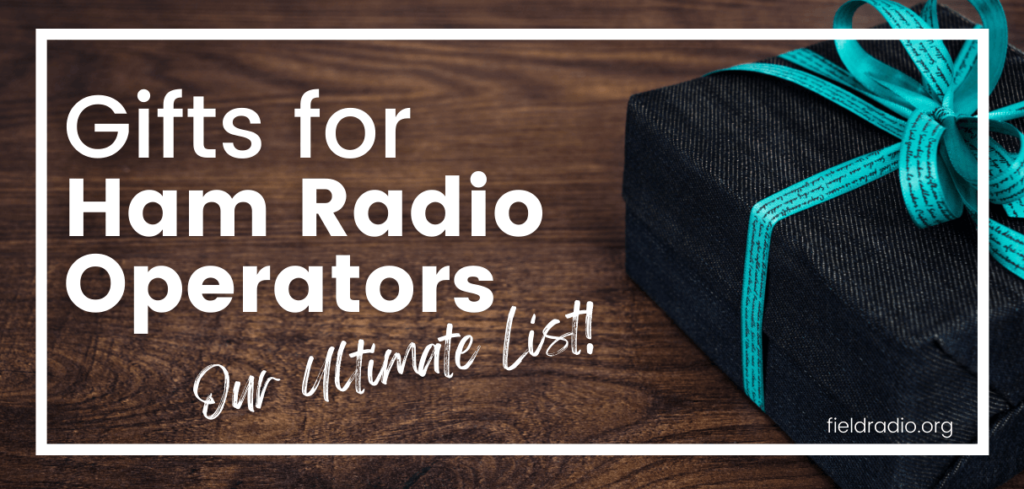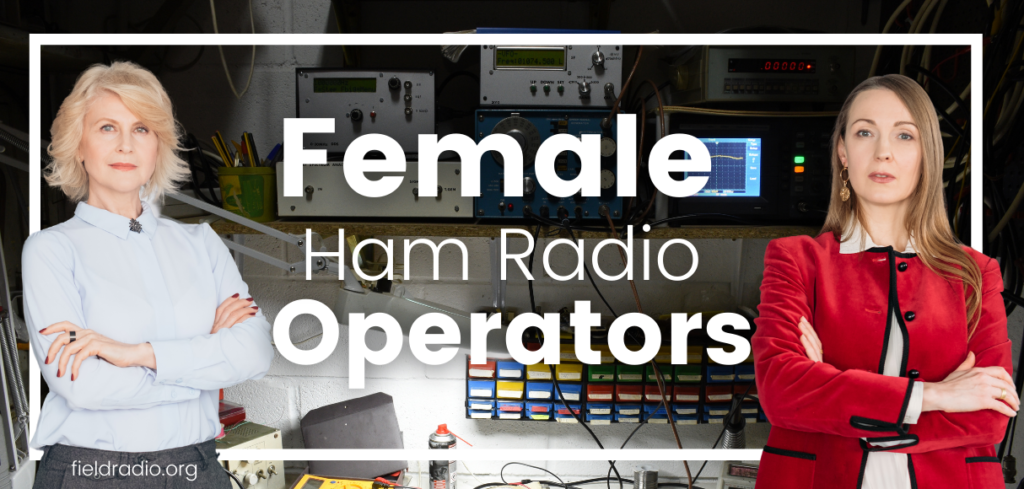Death is one of life’s certainties.
And Ham radio operators are not beyond this reality.
Ham radio has been alive as a hobby for almost a century. And so, many ham radio operators have come and gone.
Since radio amateurs practically live and breathe their hobby, people often wonder what happens to the elements of their passion once they go.
In this article, I’ll talk about Ham radio operators’ death. If you read through till the end, you will find answers to some critical questions that often surround this topic and a little guide to help you prepare for your own eternal departure.
Ham radio operators’ death earns them an honorary title of Silent Key or SK. An SK’s callsign is claimed by one of their family members or it goes back to the pool. As for the equipment, the surviving family often struggles with disposing of it, so it is best if you could plan ahead about it.
How the Ham Radio Community Honors the Deceased
Ham radio operators refer to the deceased members of the community by referring to them as Silent Keys to honor their legacy as radio Amateurs.
This term’s origin dates back to the wired telegraphy era when Ham radio operators used morse code, and Silent Keys were the operators whose keys would no longer be heard.
Wired telegraphy and morse code have long become obsolete. But the honorary term has stayed.
Every Ham, including the ARRL, refers to a deceased community member using this term.
Ham Operator’s Callsign After Death
A Callsign is a Ham’s emblem. They sport it with immense pride. So, it is fair to think of what happens to it after life forces a Ham to part ways with their callsign.
If the FCC isn’t notified of the Hams passing, the callsign expires on the normal expiration date. And if a family member doesn’t claim the callsign, it goes back into the pool of callsigns two years after the expiration date, from where it is made available for other Hams.
If, however, the FCC is notified, the callsign goes into the pool two years after the notification, regardless of when the license expires.
Many people often want to claim the callsign of their loved ones to keep their legacy alive. Family members can claim an SK’s callsign within the two-year grace period before the callsign goes into the pool.
However, it is essential to note that people who claim the callsign must have a Ham radio license belonging to the same or a higher license class as the SK.
For example, an Extra class license holder can request group A callsigns, advanced or extra class license holders can request group B callsigns, etc.
The FCC lists these requirements as well as who classifies as a family member on their website to help people understand whether or not they qualify for this callsign “inheritance.”
Some people often wonder if a callsign can retire with the passing of a Ham, so their callsign can stay theirs for eternity.
FCC answers this question on their website and says that a callsign cannot “retire” per se. But Hams can ask their local Ham clubs to claim their callsign after their passing in Memorium to ensure their callsign always stays associated with their legacy.
Where Does the Equipment go After a Ham Radio Operator’s Death?
Apart from their callsign, a Ham radio operator is also pretty proud and somewhat possessive of their rigs and equipment.
Over their lifetime, Hams collect a lot of equipment like antennas, tuners, radios, and whatnot. Some of these are massive and super expensive.
So, after a Ham passes, the survivors are often left with many Amateur radio parts and rigs to deal with.
If they are into the hobby themselves, some people might keep most of the equipment for their own use, while others may want to either sell it or donate it to people who will make good use of it.
For the second case, the dismantling and disposing of an SK’s equipment without being thoughtless to their passion might be brutal.
Finding the right buyers or people who might value the equipment for what it is worth is challenging.
So, families often struggle with giving away the equipment Hams leave behind.
Local Ham radio clubs and friends of the SK often help with the reselling or donation of the equipment, while certain services also help dispose of this equipment for a price.
Regardless of who does it, this process is not easy, especially for a family already mourning a critical loss.
We will talk about how you can prepare for your passing beforehand, so your family does not have to go through the difficulties of disposing of your equipment as they grieve your death.
It might seem gloomy, but trust me, it is a topic worthy of discussion.
Before that, let’s talk about another important topic that I believe should be touched on when discussing Ham radio operators’ death.
How Do Hams Die During the Hobby?
Hams are passionate individuals who love to build and fix their rigs themselves. But this vigor sometimes becomes the reason for some Hams’ demise.
Many Hams have passed away due to falling from radio infrastructures and sustaining fatal injuries.
Hams climb structures like antenna towers to assemble their setup for events or to practice their hobby. But sometimes, primarily due to improper safety precautions, they fail to maintain their balance and can fall off.
Therefore, it is critical to prioritize life safety practices as you work on your equipment to minimize the chances of injury or even death while you work on your hobby.
Planning for the Future
Every Ham has to become a Silent Key one day. This is the reality, and there’s nothing you can do about it.
As a Ham, you already know how difficult disposing of your equipment could become for your family once you are no longer here.
So, it makes sense to plan ahead about where your equipment goes and what happens to your callsign so your family can potentially have one less thing to worry about.
Slientkeys.org is a website that offers tips to deceased hams’ families about how they should go about disposing of the left-behind Amateur radio equipment.
This website recommends having a will, stating what happens to your Ham radio equipment after you pass.
Additionally, it may help if you have a document stating how to contact the FCC to cancel your callsign and the ARRL to inform them of your passing, so they could honor your legacy by including your name in their Silent Key directory.
Apart from that, another service offers to dismantle and resell your equipment. They help ensure your family does not have to deal with the vultures that come after a Ham passes to get their hands on what’s left behind.
You can subscribe to this service for a monthly flat rate.
Once you pass, they will come by to dismantle and sell your equipment and return whatever they earn from it (minus the dismantling expenses and their commission) to your family.
Final Word On Ham Radio Operator Death
Everyone who has come to this world will leave one day.
Ham radio operators die, too, leaving behind their legacy and a lifetime’s worth of equipment.
The community has its own ways of honoring Ham radio operators’ death, while family members wish to commemorate their beloved Ham’s legacy in their own styles.
Some people wish to acquire their Ham family member’s callsign, while others donate their equipment for meaningful reuse.
However, the process of acquiring your callsign and reselling or donating your equipment can be tough.
So, it might help if you could plan ahead and tell your family members how to proceed after you leave, so they have one less thing to stress over as they mourn a big loss.

I have been passionate about the world of communications in its various forms for most of my life. Ever since I first found an old ham radio stashed away in my uncle’s attic, I have had a fascination with this classic technology.
Having the ability to communicate with people without the need to rely on telephone lines or networks is an empowering feeling which I believe everyone should have at least a basic knowledge of. Becuase who knows when you might need it?
I setup fieldradio.org with this passion in mind, to help inform people about the amazing possibilities of amateur radio and I’m on a quest to help educate as many budding operators as possible.
I hope you enjoy our content. Come and say hi, via our contact form


